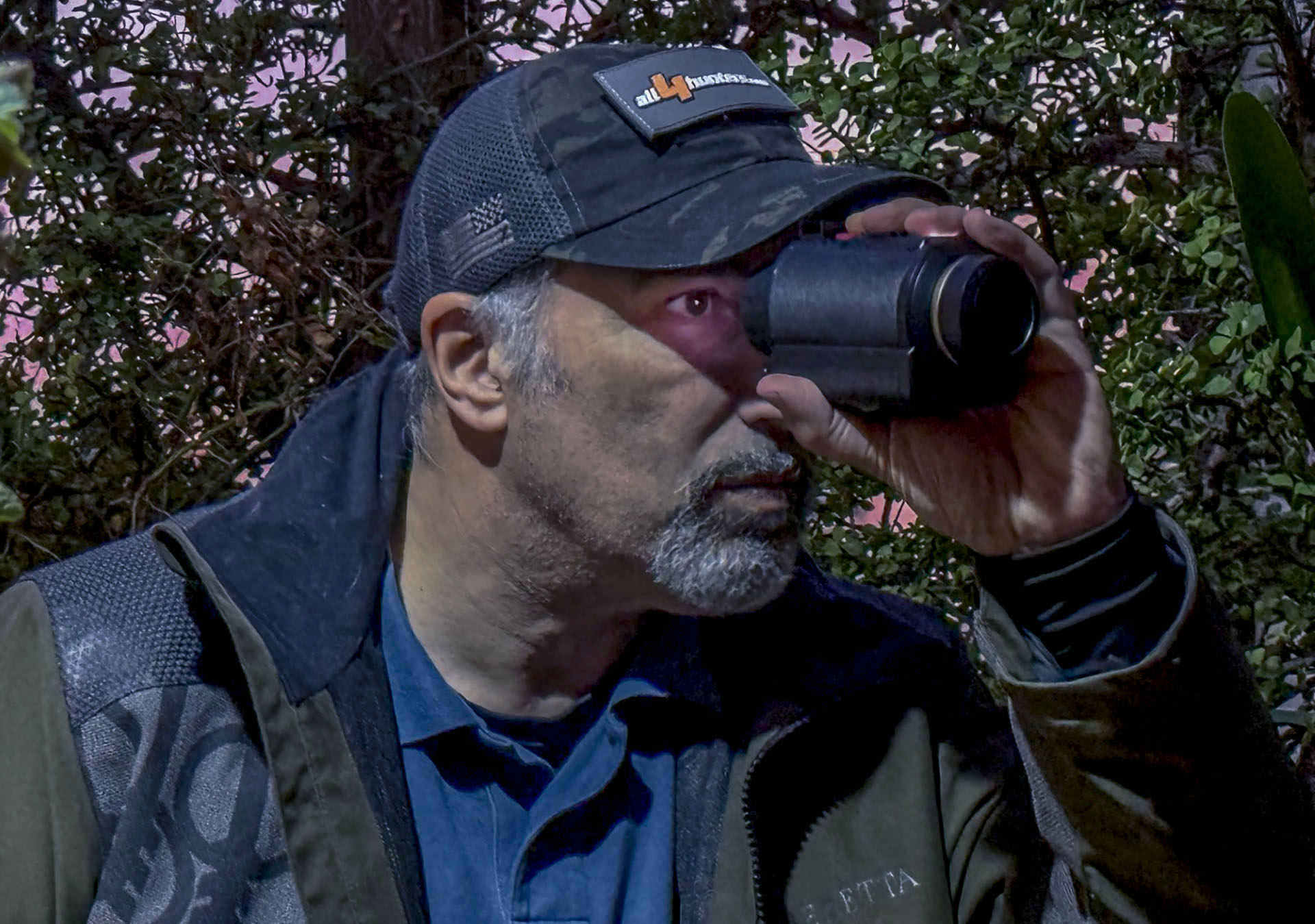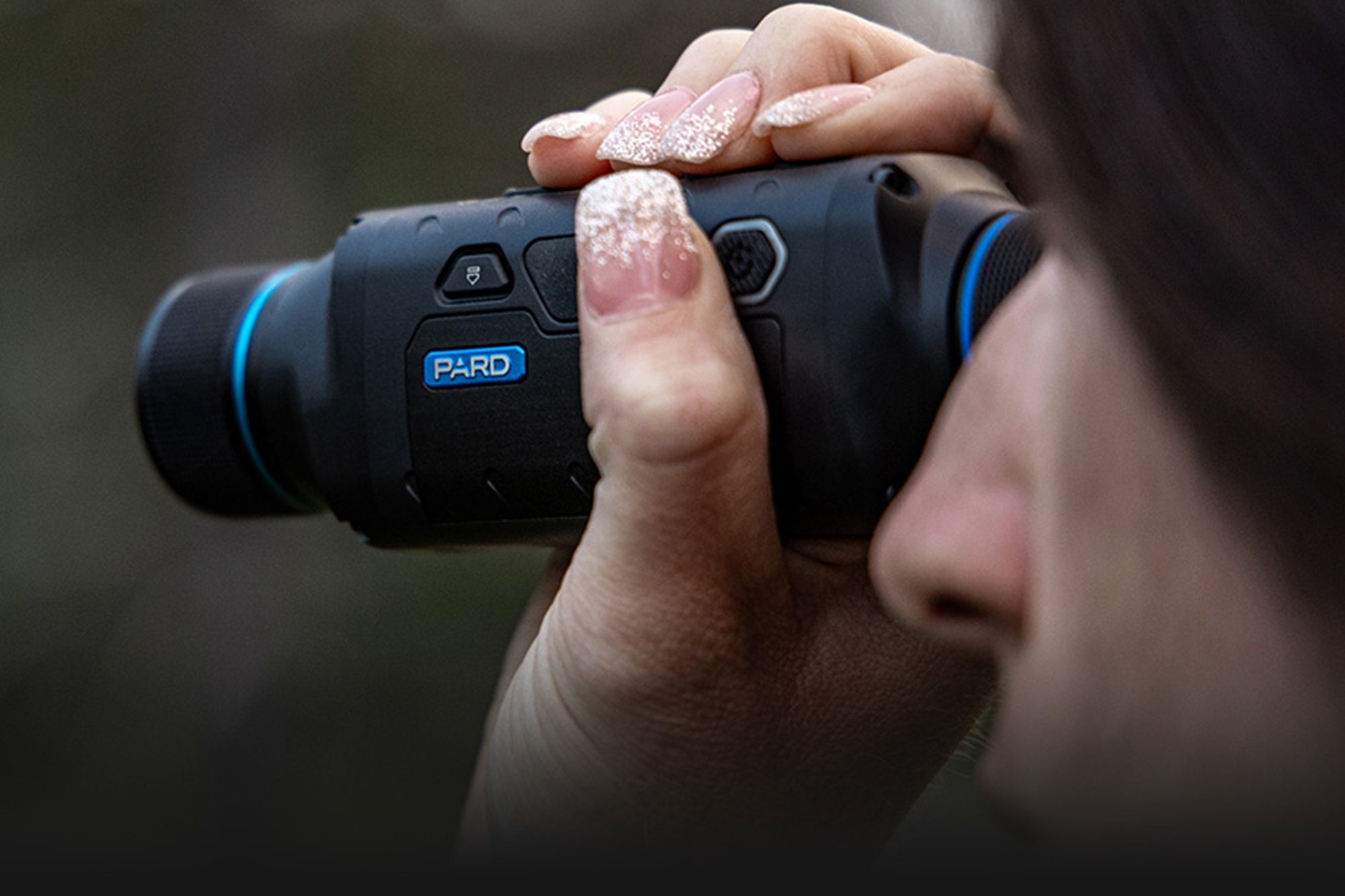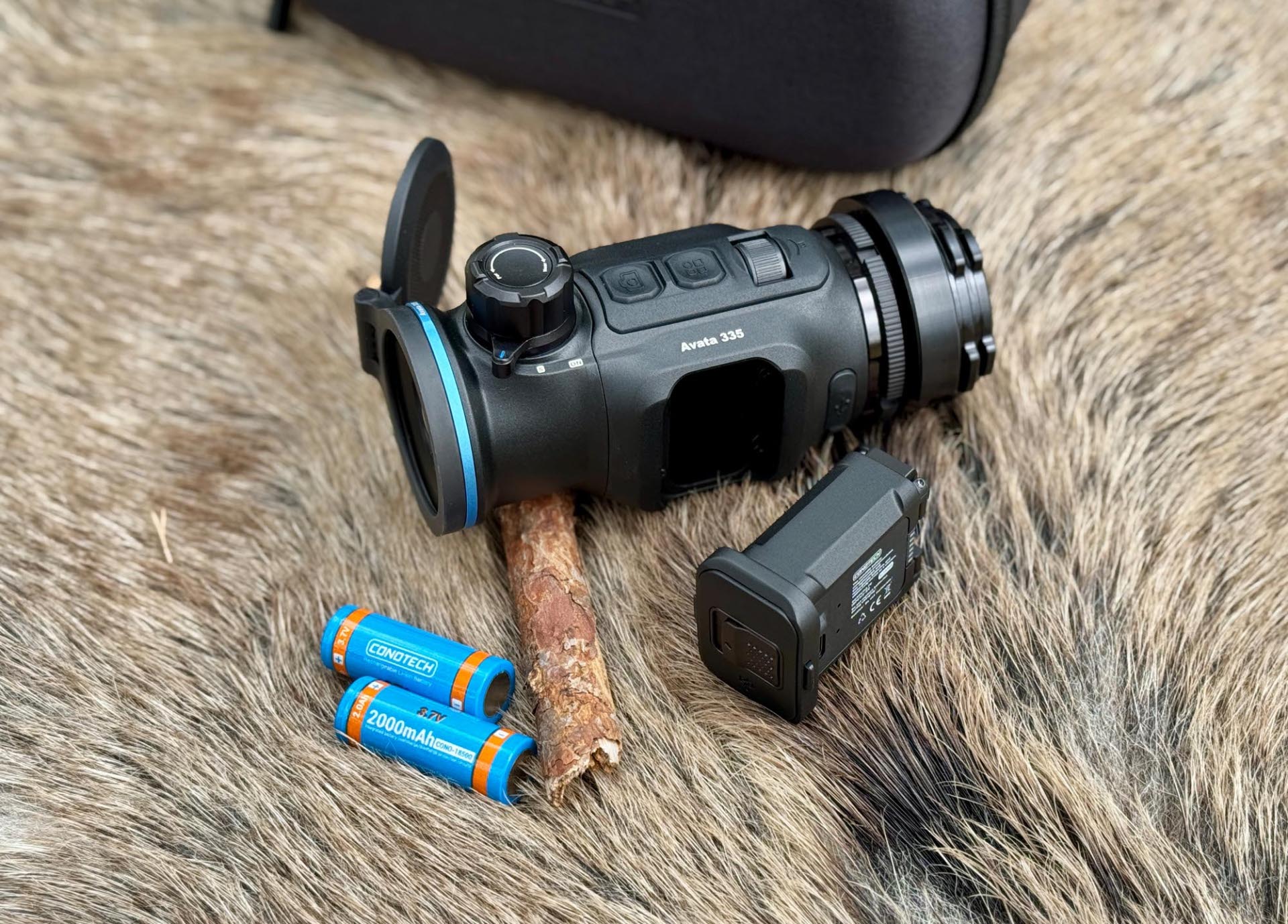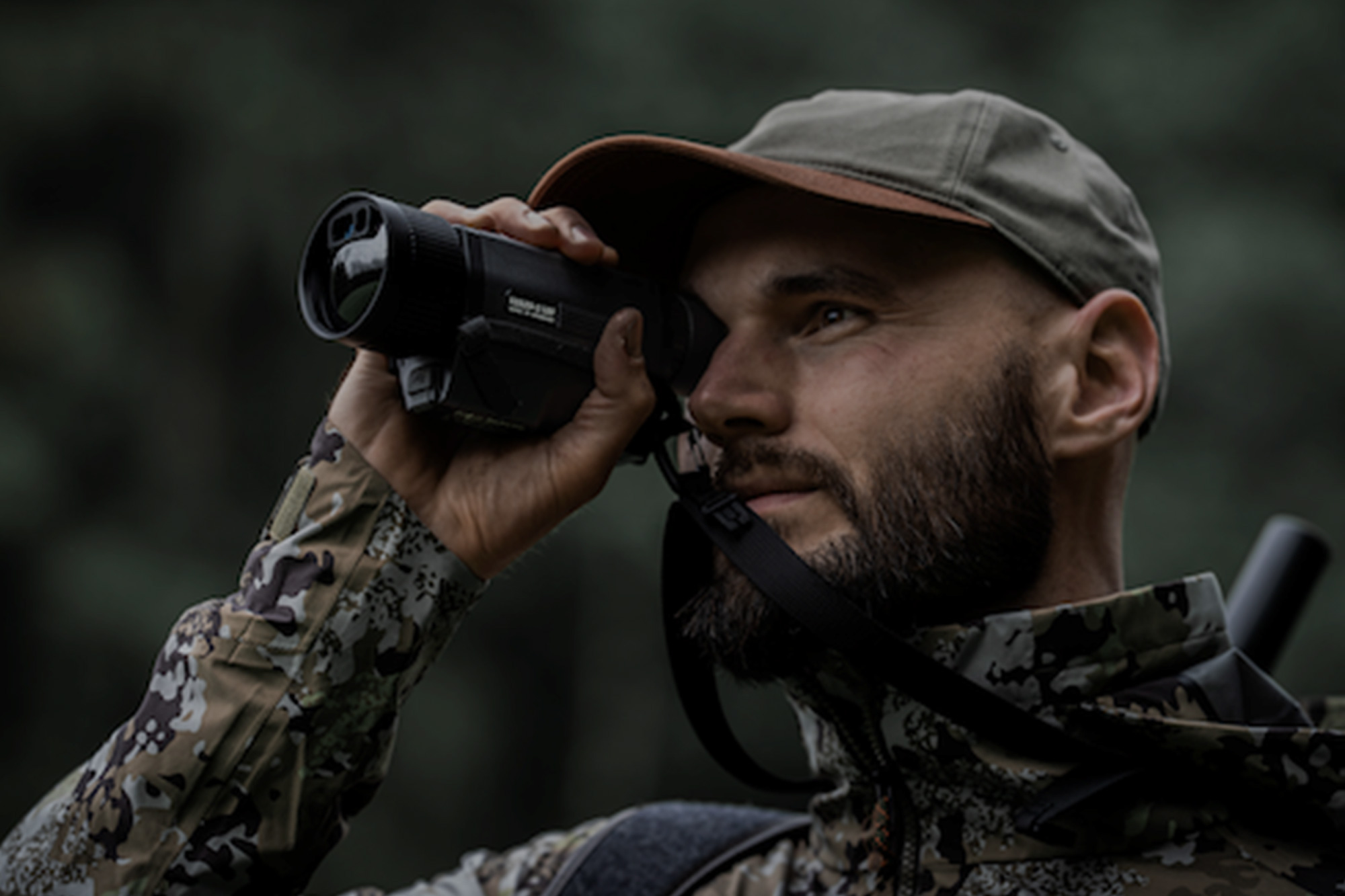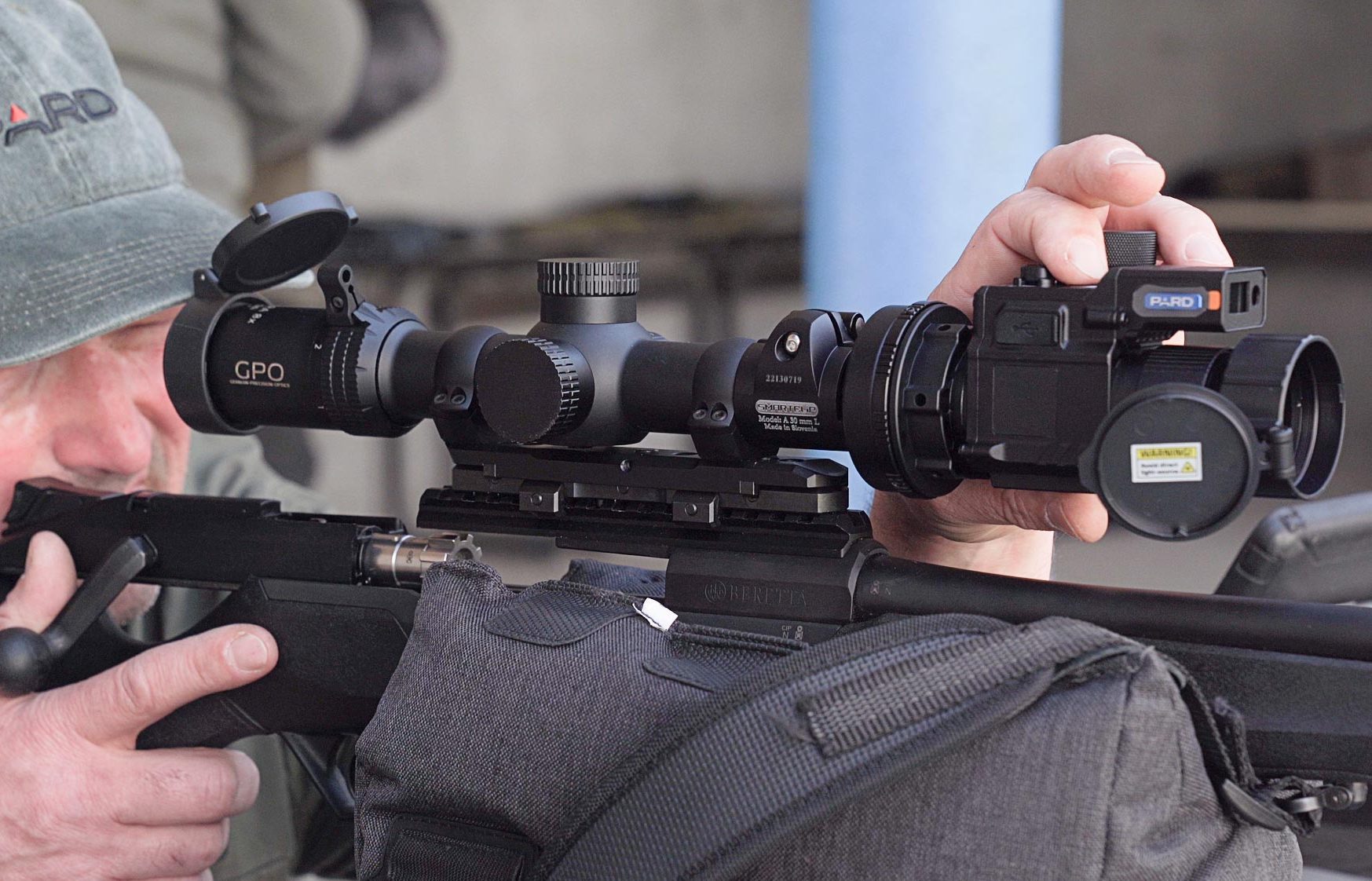In the beginning was the front sight. Over 500 years ago, a small bump on the front of the muzzle was probably used to "aim" over the barrels of black powder muskets, which were still smoothbore: an imaginary line was drawn between the eye over the front sight to the target. How and when the "rear sight" came into gun technology is not entirely certain. A so-called rear sight between the front sight and the eye usually has a notch in which the front sight can be centered. The sense of symmetry anchored in the human brain helps here, allowing the shooter to judge whether the front sight is exactly in the center of the notch or, to put it another way, whether the two "gaps" to the left and right of the front sight are the same width. Only then can you hit something in the direction of the front sight – depending on how the sights have been adjusted, either using a "center hold" (the target is covered by the front sight) or 6 o'clock hold (the target is above the front sight tip, with some space in between so that the front sight can stand out well against the bright background of a target, for example).
The principle, regardless of external ballistic refinements, has remained the same to this day: whether match air rifle, rimfire or centerfire pistol, service or benchrest rifle, and regardless of whether aiming with an aperture sight, open rear sight or scope: everything begins, so to speak, on the cinema screen, in this case the back of the aiming eye. On the fovea (retinal pit), the point of sharpest visual acuity, the "target image" is created on about half a square millimeter.


When people age their vision deteriorates. Even at a young age. Some have difficulty focusing on distant objects even at a young age, a problem that can't always be compensated for by normal glasses. This also limits the possibilities of aiming with "iron" using two mechanical aiming devices: a front sight (either a post or tunnel sight) and a rear sight (or "notch"), in whose recess the front sight can be seen repeatedly and accurately. To be more precise: the ability to instantly adjust focus between the target, the front sight, and the rear sight diminishes. This is because the eye can only focus on one object at a time. Aiming with iron sights is therefore always a compromise where the eye and brain constantly alternate between the three points at different distances and assess whether their position in space is still correct.
The riflescope apparently brings the target and the reticle to the same optical plane through different lenses

A possible alternative, especially for rifles, is a telescopic sight. It is attached to the rifle action housing with a mount and can display the target image more sharply thanks to an ingenious arrangement of different lenses inside. Simultaneously, a reticle — usually a more or less thick crosshair — is superimposed on the target image in the eyepiece (the lens system facing the eye). This makes the aiming aid and the target appear to be on the same plane, compensating for any visual impairments. In addition, riflescopes allow safe shots at distances and on targets that are no longer visible to the naked eye, even with good eyesight. Modern riflescopes have convenient features such as infinitely variable magnification, illuminated reticles and parallax correction, which can be used to compensate for tiny inaccuracies when aiming at different distances.

In terms of application, riflescopes are used for hunting from 50 meters, usually even from 100 meters. In sporting competitions, such as pop-up shooting, field target shooting with air rifles, or in supported precision shooting events, riflescopes of various designs and magnification powers can be seen on shooting ranges from as little as 10 meters. At longer ranges there are only ammunition-related limits; long range competitions up to 1,000 meters are contested with high-quality riflescopes.
But shooting with a riflescope also requires practice and some ballistic knowledge at the back of your mind. You only look through the scope with the eye that is actually aiming. The non-aiming eye must be closed, which, due to the brain's interconnected eye systems, also impairs the vision in the aiming eye. Keeping both eyes open while aiming is only possible for a few, and even then only with extensive training. This is because even with both eyes open, you never see an object perfectly symmetrically; one eye (usually the right for right-handed shooters) "leads," while the other sees the target at an angle. The brain then has to process both an unmagnified image of the target and a magnified image through the scope in the aiming eye.
Red dot sights lead to the target in a different way than a riflescope – This has both advantages and disadvantages

This physical and physiological dilemma may have led to the invention of the first Aimpoint red dot sight 50 years ago (here is the company history of the Swedish market leader Aimpoint). The red dot projected onto a semi-transparent display screen via a reflection system is aligned with the desired targetand a hit is achieved, provided there are no other errors such as poor trigger control. These devices, commonly known as "red dots" based on the most common design, generally operate without magnification and are therefore parallax-free. The aiming point doesn't even need to be centered within the rectangular viewing window, which is helpful for rapid shots such as in action shooting or driven hunts. However, even with the use of different dot sizes, this limits the effective range to a maximum of 80 to 100 meters. In military or law enforcement use, a small magnifier module is therefore mounted as a "booster" behind the dot on rifles fitted with dot devices. Thanks to a mounting that can be swivelled out to the side, the magnifier is only swivelled into the line of sight when required. While red dots for civilian use are as light as possible and often only have a free-standing projection display, devices intended for heavy-duty use come with waterproof and particularly shock-resistant housings.

Where is the technical development of red dot sights heading, and will mechanical sights be phased out?
The red dot models, which used to have a more tubular design, are becoming smaller and more compact these days, making them interesting for both military/LE and sporting use on handguns. In IPSC shooting, there are separate "Divisions" for guns with optical sights so that the classic rear sight/front sight combinations don't stand a chance. Nowadays, service pistols often come with special cuts milled at the factory for the lowest possible mounting of red dot sights; these models are often labelled with additions such as "optics ready". These cuts with different dimensions ("footprints") for common red dot makes are located between the rear sight and the ejection port. Pistols fitted with optics are no bulkier to handle than those with open sights. The flatter the pistol slide, and thus the more visible the red dot is above the barrel, the more likely it is that a "co-witness mount" can be used: you can either use the red dot for aiming when firing quickly or, even in the event of a malfunction or a flat battery, continue to aim using the rear sight and front sight, as both aiming aids can still be seen through the red dot window. Trust is good, control is better, is the (incorrectly translated) quote from Lenin: so a co-witness function has the advantages of both the open sights and the red dot. Incidentally, similar approaches exist for rifles, albeit less frequently, such as higher mounts that allow aiming with the iron sights even when a red dot sight is fitted.
This brings the technological cycle full circle: mechanical aiming devices remain relevant in many cases, at most supplemented by innovative optoelectronic accessories.
We will report on the further development of optical aiming aids, from laser rangefinders in riflescopes, binoculars and spotting scopes to thermal imaging clip-ons and observation handheld devices with thermal technology in a later article.



